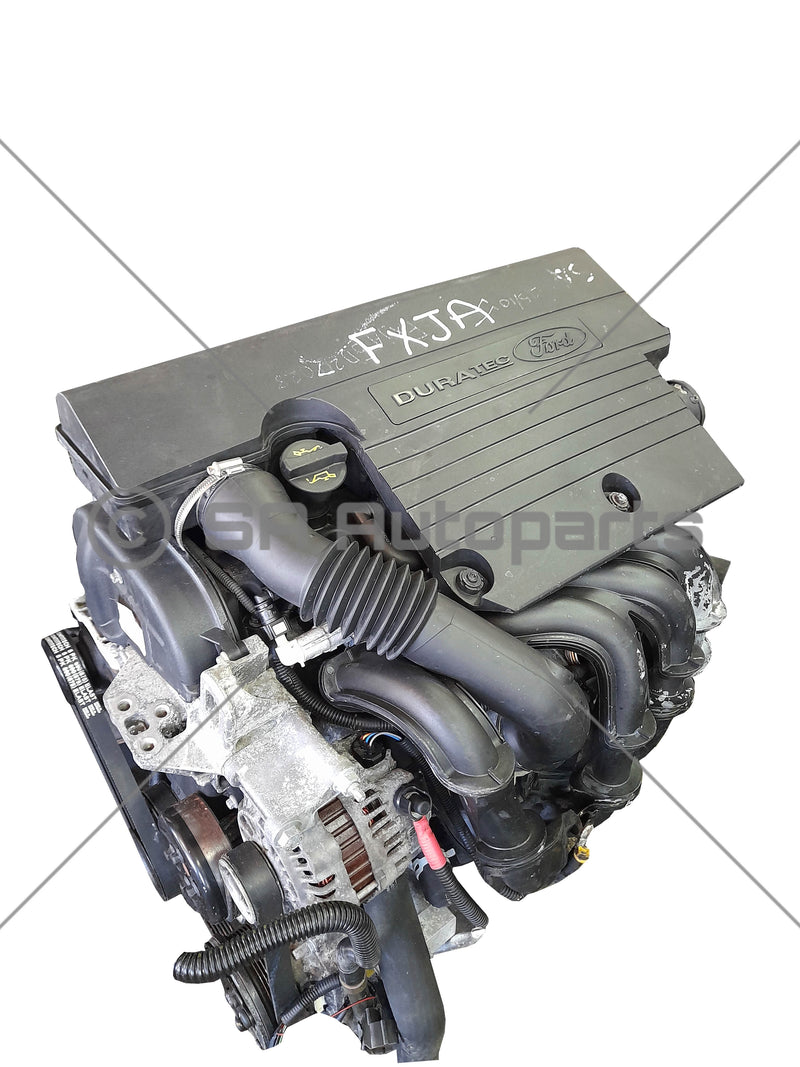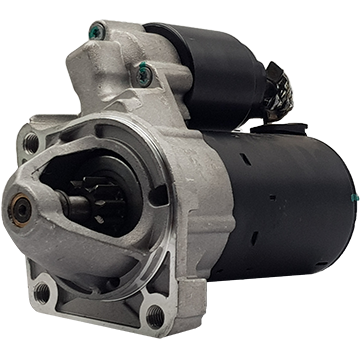Discover the Latest Ford Fiesta Engine Upgrades for Enhanced Power
Discover the Latest Ford Fiesta Engine Upgrades for Enhanced Power
Blog Article
Discovering the Evolution of Engines: From Timeless Layouts to Modern Marvels
From the preliminary steam engines that powered the Industrial Change to the development of interior burning engines that transformed mobility, each phase has added to higher performance and ability. As we analyze these turning points, one need to consider just how the future of engine design might unravel, testing our perceptions of power and effectiveness.
The Birth of Engine Modern Technology
The advent of engine technology marked a crucial minute in human innovation, transforming energy conversion and transport. The earliest engines arised from the requirement to harness mechanical power for useful usage, leading to the growth of tools that transformed different power kinds right into activity (ford fiesta engine).
The growth of the inner burning engine and the invention of the heavy steam engine militarized a profound shift in commercial capacities. These engines not just improved performance but likewise increased the range of human movement, allowing unmatched transportation opportunities. The early prototypes laid the groundwork for the mechanized globe, helping with the rise of sectors and improving social structures.
As engine styles evolved, they progressed and included cutting-edge materials design principles, leading the way for modern advancements - ford fiesta engine. The birth of engine innovation stired up an unrelenting quest of efficiency and power, establishing the phase for the dynamic evolution of transport and industrial machinery that would follow
Vapor Engines and Their Effect

The heavy steam engine's impact was especially obvious in the transportation market (ford fiesta engine). Steam-powered locomotives facilitated the quick motion of goods and individuals throughout huge ranges, effectively shrinking the geographical obstacles that had formerly impeded trade and communication. In a similar way, steamships reinvented maritime traveling, enabling quicker and much more reliable crossings of rivers and oceans.
In sector, steam engines powered manufacturing facilities, allowing mass production and the surge of metropolitan facilities as hubs of economic activity. This change not just altered labor dynamics yet likewise added to the development of a consumer-driven culture. Vapor technology fostered developments in design and manufacturing processes, laying the groundwork for future innovations in engine style. The tradition of heavy steam engines is extensive, reflecting a pivotal moment in human resourcefulness and the unrelenting search of progress.
The Surge of Interior Combustion
Often eclipsing heavy steam power, the rise of interior combustion engines marked a transformative change in transport and industry during the late 19th and very early 20th centuries. The advancement of these engines, defined by their ability to burn fuel within the engine itself, enabled greater effectiveness and power contrasted to typical vapor engines. Introducing developers such as Nikolaus Otto and Rudolf Diesel played important roles in refining engine styles, leading to prevalent adoption in cars, watercrafts, and industrial equipment.
The interior combustion engine's compact size and fairly lightweight nature helped with the development of personal lorries, reinventing specific flexibility and improving urban landscapes. By making it possible for faster traveling and the effective transport of items, these engines catalyzed economic development and fostered globalization. The adaptability of fuel options, consisting of gas and diesel, further boosted their charm, enabling varied applications across different markets.
Despite the environmental worries that would later on develop, the initial appeal of inner burning technology lay in its transformative possibility. As society embraced this technology, the foundation was laid for contemporary transport systems, establishing internal burning engines as a cornerstone of industrial improvement and day-to-day live throughout the 20th century.
Advancements in Engine Effectiveness
As get more inner combustion engines became essential to transport and industry, the emphasis shifted in the direction of boosting their efficiency to fulfill growing demands for performance and sustainability. Advancements in engine layout, material science, and innovation have actually significantly added to this advancement.
One major advancement is the development of turbocharging, which permits increased air intake, resulting in more total gas burning and boosted power result without enlarging engine size. Furthermore, variable valve timing systems have been carried out to optimize engine efficiency throughout numerous RPM varieties, thereby enhancing fuel efficiency.
The usage of sophisticated fuel injection modern technologies, such as direct injection, has actually likewise played a vital function. This technique permits even more exact control over the fuel-air mixture, promoting better burning and lowering emissions. Moreover, light-weight materials, including light weight aluminum and composite elements, have been adopted to lower total engine weight, leading to boosted performance.
These innovations mirror a broader fad within the vehicle industry, where the synergy between design advancement and environmental factors to consider drives the ongoing quest for greater efficiency in inner burning engines. Because of this, modern engines are now more effective, cleaner, and reliable than ever, leading the method for a more lasting future in transportation.
The Change to Electric Power
With expanding concerns over environmental impact and fossil gas reliance, the automobile market is experiencing a considerable change towards electrical power. This transition is driven by a mix of technological innovations, regulative pressures, and transforming customer preferences. Electric automobiles (EVs) provide an engaging alternative to typical interior burning engines, boasting lowered greenhouse gas discharges and reduced operating expense.
The surge of battery innovation has actually been a video game changer, with lithium-ion batteries ending up being a lot more economical and efficient. Improved power thickness and faster charging abilities have made EVs extra practical for daily use. read the article Governments worldwide are executing rewards and setting ambitious targets for phasing out fossil fuel lorries, therefore increasing the adoption of electric power.
Major automakers are investing greatly in research study and growth, leading to the introduction of a diverse range of Resources electric designs. This consists of not just traveler cars and trucks but also business vehicles and public transport remedies. As charging infrastructure expands and battery modern technology remains to boost, the shift to electric power is poised to improve the vehicle landscape, advertising sustainability and innovation in the years to come. The future of transportation is electrical, and the momentum is indisputable.
Final Thought
The development of engine innovation represents a considerable trajectory of development that has greatly affected transport and market. From the fundamental heavy steam engines to the transformative interior combustion engines, each development has actually added to boosted wheelchair and economic development. The present transition towards electrical power underscores an essential commitment to sustainability, driven by innovations in battery modern technology. This recurring evolution not just reflects transforming social needs however also highlights the capacity for a cleaner and much more efficient future in engine style.

Report this page